Un Grand Projet No Small Renovation in the South of France
When we were first shown the ancient former farmhouse near Uzès (in the South of France) we now call home, I rejected it firmly with a resounding ‘No’. We had agreed that we didn’t want a third project in fifteen years: its desolate state, left for months forlornly empty, with dust motes drifting through the sparse sunlight penetrating cloudy windows did nothing to change my mind. Up and down endless staircases, we followed the agent, who was weighed down like a medieval chatelaine by an enormous bunch of keys, but apparently not to all the rooms: I, however, had seen enough to be confirmed in my opinion that this was too much to take on.
Months passed, in which we drove all over France, sold our home in Sussex, then returned to Uzès, the place we had by then decided upon, to resume our house-hunting in September. My husband hadn’t been quite as keen to reject La Brèche, and having a better idea now of what we needed, wanted to take another look at it, so I indulged him by including it on our itinerary of houses to view, secretly as determined as ever.
It was one of those glorious September days that Provence Gardoise is so very good at, and we drove out of Uzès, eventually climbing high up through an incredible variety of Mediterranean landscape when suddenly we were in the village, passing houses of glowing golden stone overhung with flowers of every colour, the medieval castle standing high on the hill, houses and farms running down towards vineyards and forest.
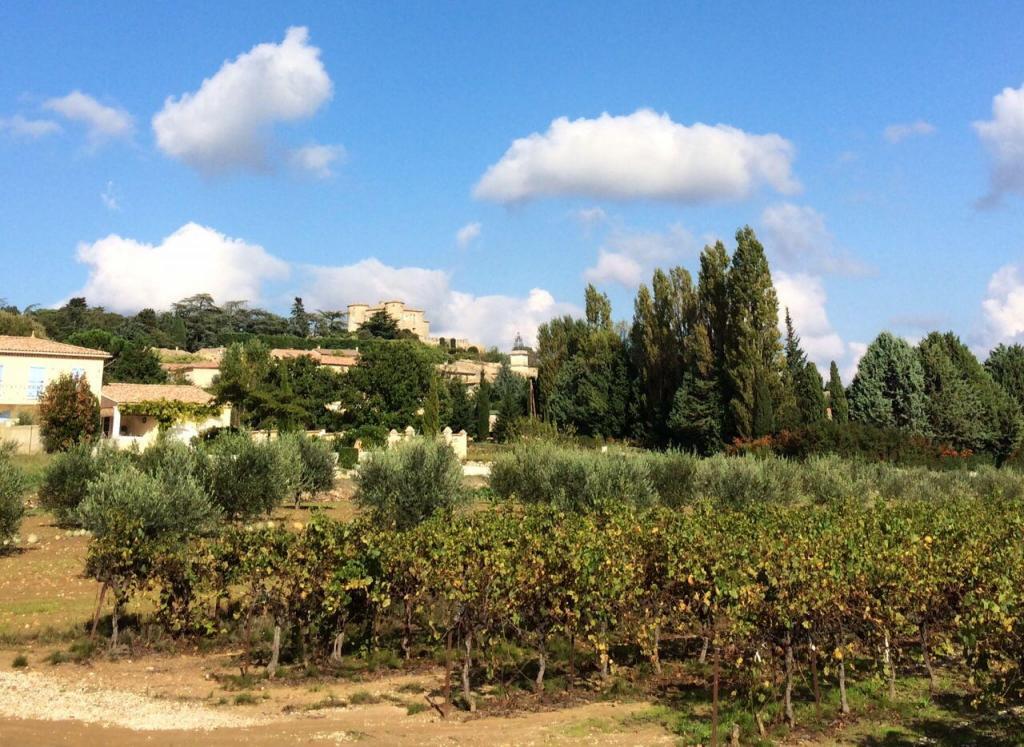 As the agent fumbled with the locks, I looked again at the façade, the ancient stone doorways, now defunct, the apricot and olive trees, the vine, twisting around the front entrance, bearing large bunches of enticing purple grapes hanging heavily overhead. I admitted, if only to myself at the time, that maybe Duncan had been right.
As the agent fumbled with the locks, I looked again at the façade, the ancient stone doorways, now defunct, the apricot and olive trees, the vine, twisting around the front entrance, bearing large bunches of enticing purple grapes hanging heavily overhead. I admitted, if only to myself at the time, that maybe Duncan had been right.
This time, the agent had all the keys with her, and we were shown the entire house. We followed her into a large room, not before seen, one half of the former magnanerie, where silk-worms would once have been fattened on several times their weight of mulberry leaves in order to spin their cocoons of silk thread to supply the mills of Uzès and Lussan. With its own large balcony, a wonderful view over the forest canopy to Uzès, outlined beyond, this was the obvious place for our studio. We continued the viewing, now much more positively. As we struggled to follow labyrinthine floorplans, I faltered again, until Duncan’s ingenuity, combined perhaps with his unwavering determination, devised a way of making the space fall exactly into our requirements.
By now, we had decided that we needed enough room to pursue our own activities, as well as create accommodation for guests, especially as we planned eventually to offer artists’ and writers’ workshops. It had also to provide us with somewhere to live. We are not fabulously wealthy, and so everything was going to have to be done on a fairly tight budget, and much of it by ourselves.
La Breche certainly offered ample space. It was also relatively sound, built into the rock ridge after which the village is probably named. One of the oldest buildings in the village, parts dating from the time of the twelfth-century castle, it had stood solidly through various incarnations from farmhouse, to school, village shop and cafe, to name the ones we know. We were assured that, with its huge timbers and stout stone walls, internal as well as external, it had stood for many centuries and would, in all likelihood, stand for a few more.
I was now prepared to see the not inconsiderable charm of the place, falling under the spell it casts: guests have described it as ‘magical’ and it certainly has an ambience of calm, at peace with itself after the many centuries of history and turmoil it has witnessed, from the time of the Cathars, through years racked by the Wars of Religion, the Revolution, and the Occupation of WW2.
Above all, we were able to see its potential, a mixed blessing, as we have discovered before: ‘potential’ in houses is invariably expensive, time-consuming, frustrating and (in our case) hard work.
There were also some compromises to be made, as is so often the case: while we felt the calls on our time would be too many and various to cope with, given the demands of a large garden too, somewhere to grow vegetables and have space for our spaniel to run about had both featured fairly high on our list of ‘wants’. La Brèche, built within the original walls of the bastide, would have overwintered animals under the living area (this is a very traditional mas!) and the year’s vintage would have been stored in the large vat in another cave, but the land used to grow crops would have been away from the house, further down the rocky ridge, where rich, arable soil now supports the vines, and fields of sunflowers and wheat. Of course, with frequent local markets (the quality and abundance of produce here is wonderful to behold) and walks through forests and vineyards a few steps from our front door, these problems were easily overcome.
Also, what we were offered by way of outside space seemed, to us, even better: no fewer than three south-facing terraces, one of which housed a beautifully private, walled pool overhung by wonderful old vines providing welcome shade, as well as an abundant crop, in the summer months. In addition, there were no less than five balconies, with views encompassing a distant Mont Ventoux in the east to the Cevennes in the west. I was quite won over, my own enthusiasm now surpassing Duncan’s, as it started to dawn on him what were letting ourselves in for!
La Brèche story to be continued…


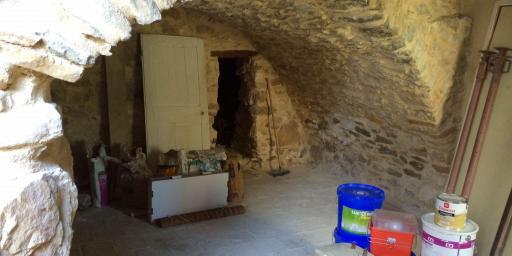
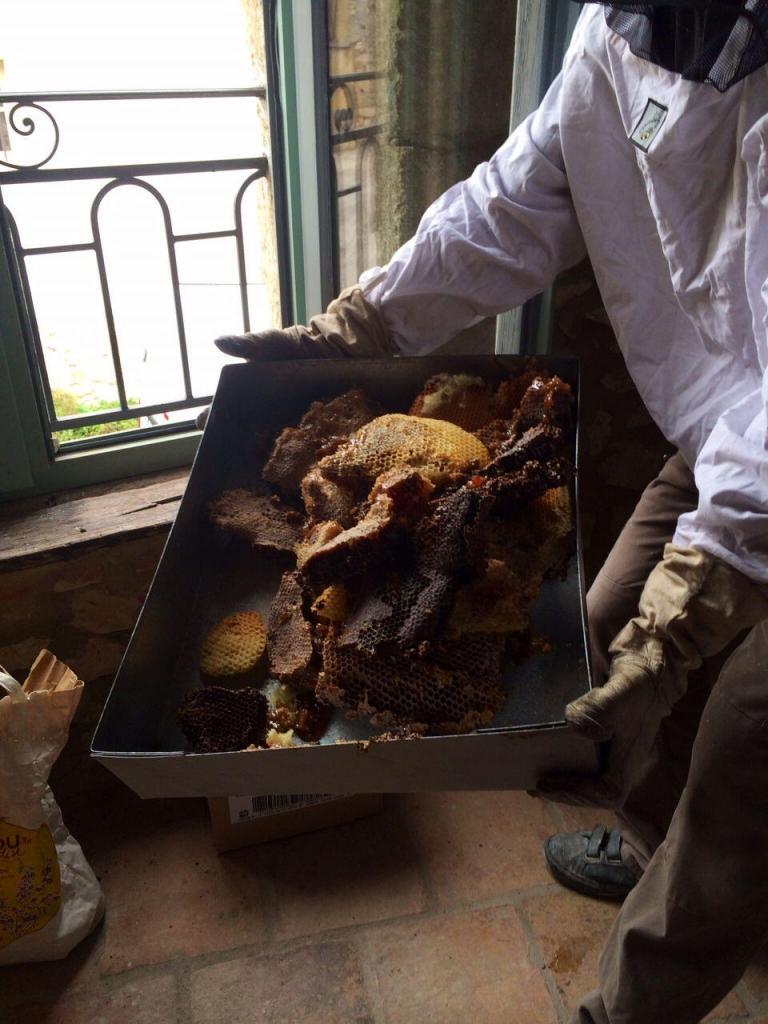
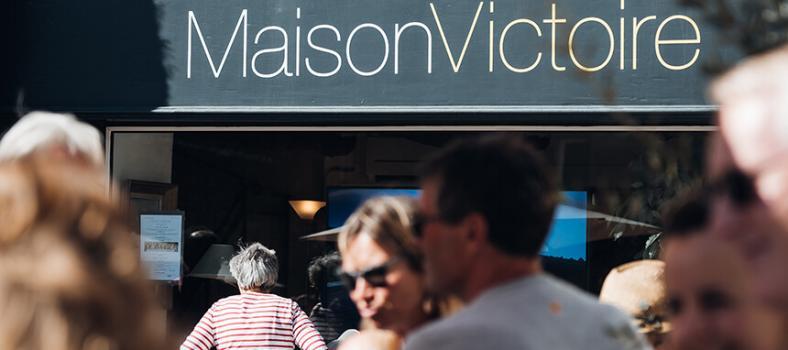
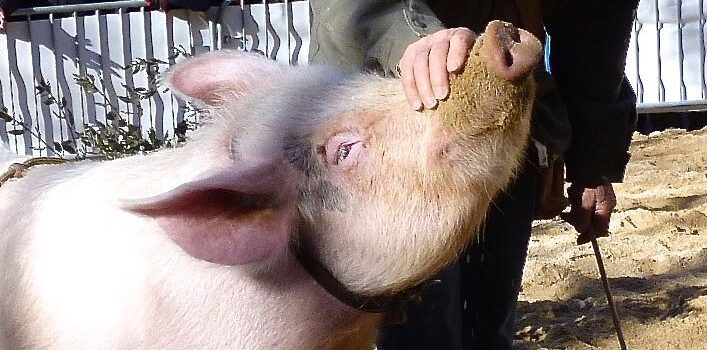
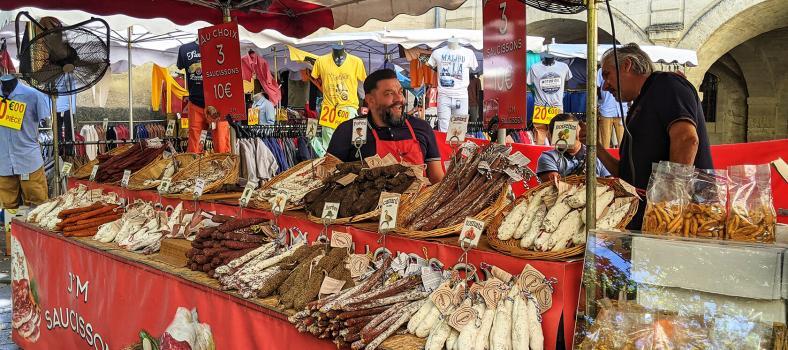
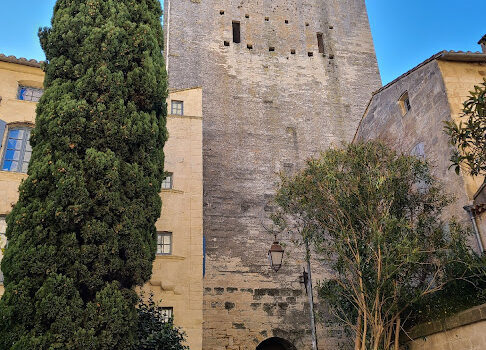
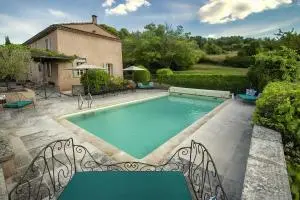
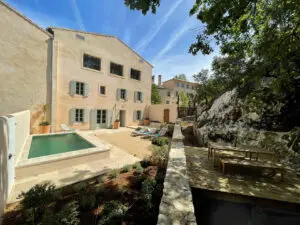
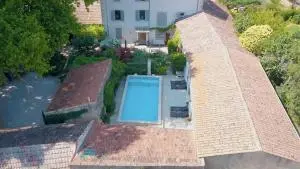
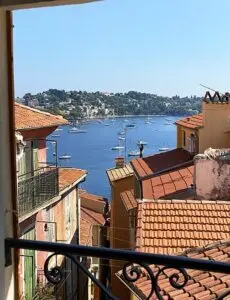
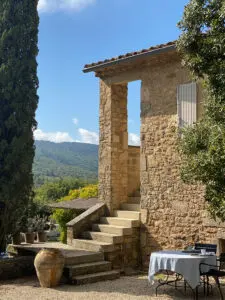
No Comment